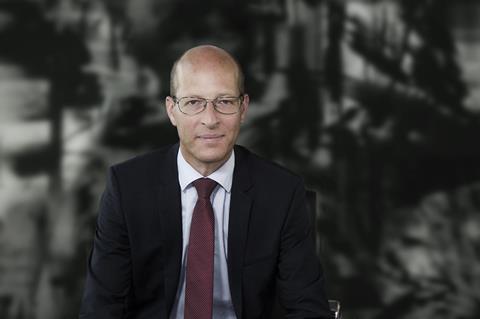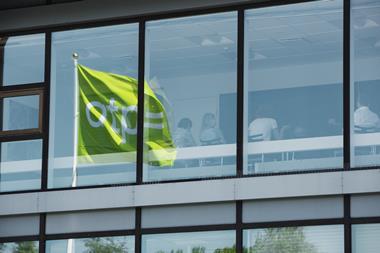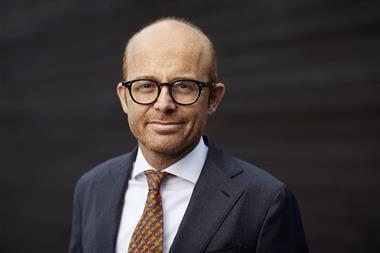A pair of high-profile academics in Copenhagen have put ATP’s investment model under the microscope and concluded it is not fit for purpose – it takes too much risk for too little return and needs a complete overhaul, they argued, though ATP’s chief investment officer has hit back and criticised the basis of their work.
Although legislators agreed to a revamp of the DKK676.9bn (€91bn) pension fund’s product, the ATP Lifelong Pension, less than two years ago, ATP has once again had to defend its business model after criticism in recent months following massive losses in the first nine months of 2022.
Jesper Rangvid, professor at Copenhagen Business School (CBS), and the former chief executive officer of Danske Bank Henrik Ramlau-Hansen – who lectures at CBS – published an analysis in the journal Finans/Invest this week entitled “ATP: Investment return and new model for savings”.
In it, the duo said that over the last 10 years, ATP’s leveraged, actively-managed investment portfolio had returned just over 9% a year – the same as a passive one-year global equity investment, they said.
But since ATP’s returns had been much more uncertain than an index investment, they said Denmark’s biggest pension fund had not received sufficient compensation for the higher risk.
“Against this background, we recommend a number of significant changes to ATP’s business model, so ATP can continue to be a relevant supplement to the national pension,” they said in the analysis.
Ramlau-Hansen and Rangvid said it would be better to be honest with scheme members that ATP could probably not be expected to adjust pensions for inflation. “It will create a better basis for a debate about ATP’s future,” they said.
The scheme should be changed in the direction of providing a more market-based pension, they said.

“At the same time, this can be combined with continuing to provide guaranteed pensions in the payment phase with inflation adjustment,” according to the report.
“In this way, ATP will be able to continue as a guaranteed supplement to the national pension,” the pair wrote.
They cautioned the ATP scheme would “lose its relevance” were the contribution not raised to, for example, DKK10,000 a year and then be automatically regulated.
“However, the increase in the ATP contribution can only be recommended if the ATP business model is changed according to the recommendations described in this article,” they said, adding that they believed those changes would lead to a 20% increase in the ATP pension paid.
The report included four recommendations: Recognising that full inflation adjustment was not possible; investing without leverage; putting a new model for savings in place, and increasing and indexing the ATP contribution.
The new model for savings that they were proposing was in fact a continuation of the direction the pension fund went in with the 2021 changes to the business model, the pair said.

It would involve investing the entire ATP contribution – up to 15 years before retirement – in a non-leveraged market-rate portfolio that was well-diversified with, for example, up to 80% in risky assets.
That market-rate portfolio should then be gradually transferred 15 years before retirement to safe bond investments, with associated annuities set up at retirement, they said.
ATP has hit back at the proposals, with CIO Mikkel Svenstrup – who also co-authored an article in the same issue of Finans/Invest – saying the basis used in the CBS analysis had been weak.
“It is good that we can discuss ATP’s role and results. But it must be done on a factual basis,” he said in a post on LinkedIn yesterday.
“And unfortunately it has not been done like that in Ramlau-Hansen and Rangvid’s article in Berlingske today, where they draw a number of conclusions on the basis of a professionally weak analysis,” he said. The CBS academics also wrote an article on the topic for Danish business daily Berlingske.
Svenstrup said ATP’s current strategy was significantly better than a global stock index over the last 10 years, and that ATP’s use of leverage had led to higher pensions for Danish people.
“It is too tenuous to draw strong conclusions about a long-term strategy on calculations based only on five to 10 annual observations,” he said.
To read the digital edition of IPE’s latest magazine click here











































No comments yet